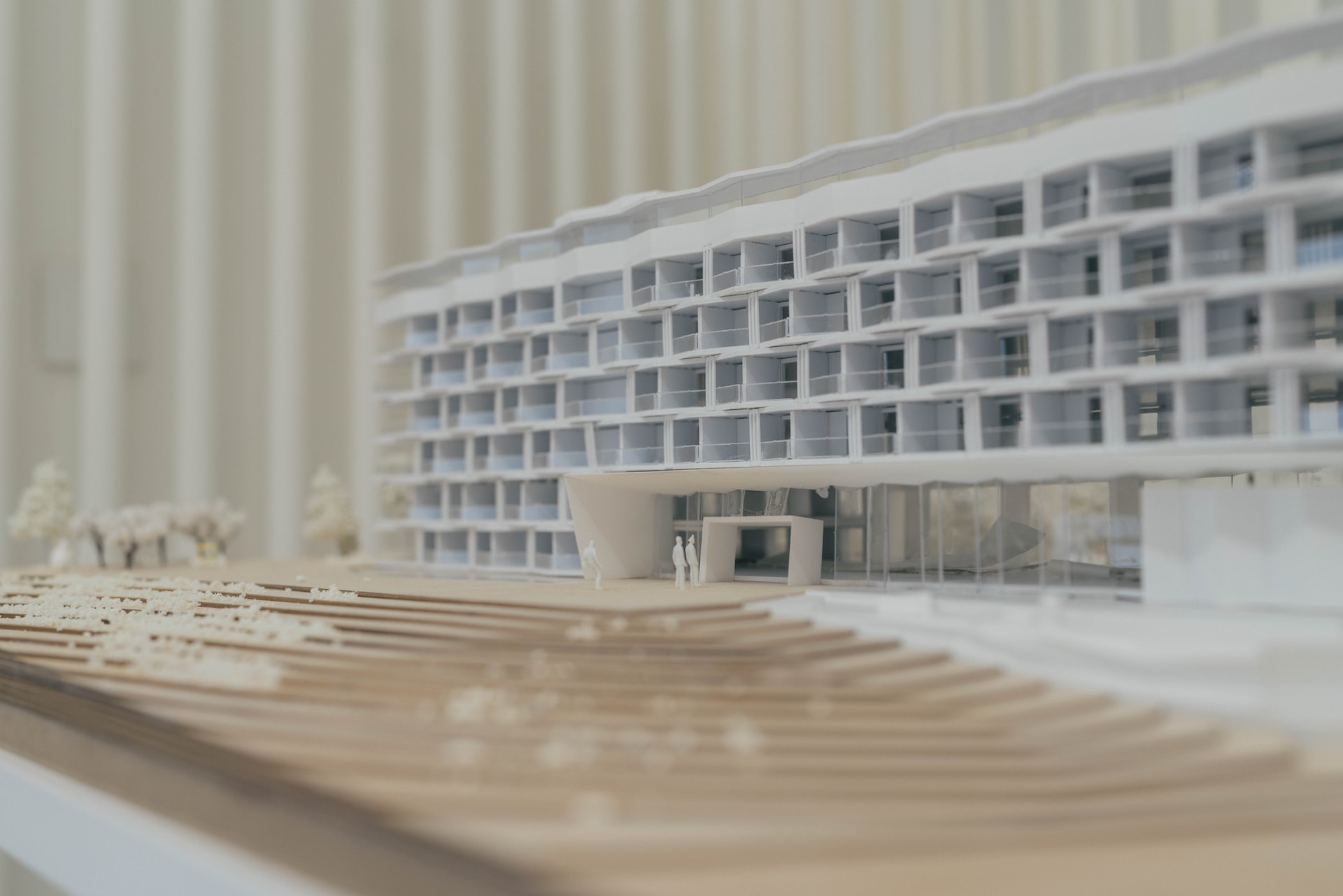Architecture, Computer, and Philosophy

In the ever-evolving world of architecture, the integration of philosophy and computer technology has emerged as a vital component in shaping the future of design. Architects are no longer solely focused on aesthetics and functionality; they are now exploring the profound intersections between architecture, philosophy, and computer science. This article delves into the significance of merging these three fields, highlighting how their interplay contributes to the creation of innovative and socially responsible architectural solutions.
Architecture, as an art form and scientific discipline, has always been influenced by philosophical ideas. The incorporation of philosophy into architectural design brings forth a deeper understanding of the human experience, cultural context, and the ethical dimensions of the built environment. Simultaneously, the advancement of computer technology has revolutionized the way architects conceive, visualize, and construct their designs.
By harnessing the power of computational tools, architects can analyze complex data, simulate environmental impacts, and optimize their designs for efficiency and sustainability. Consequently, the convergence of philosophy and computer science in architecture opens up new avenues for exploration, enabling architects to tackle contemporary challenges while envisioning a future that harmonizes human needs with ethical and technological considerations.
Architecture as an Expression of Philosophy

Philosophy plays a crucial role in shaping the perspectives and values of an architect. Architecture is not just about designing buildings but also about reflecting philosophical ideas and concepts. Philosophy provides a profound foundation of thought on humanity, society, and the natural environment.
Architects who understand philosophy can incorporate these thoughts into their designs, creating buildings that are not only visually appealing but also more connected to human beings and the environment.
The Role of Computers in Architectural Design
The development of computer technology has transformed the way architects work. Design software, digital modeling, and simulations have become indispensable tools in the architectural design process. Computers enable architects to produce realistic visualizations, analyze building performance, and integrate complex systems such as renewable energy and energy efficiency. By utilizing computer technology, architects can design buildings more efficiently, precisely, and accurately.
Design Philosophy and Emphasis on Human Experience

Design philosophy lies at the core of architectural practice, shaping the principles and values that guide the creation of meaningful spaces. By incorporating philosophical perspectives into the design process, architects can go beyond mere aesthetics and functional considerations. Philosophy prompts architects to contemplate the deeper purpose and meaning of their designs, leading to spaces that resonate with human experiences on a profound level.
Concepts such as aesthetics, ergonomics, and the relationship between humans and their surroundings all find their roots in philosophical inquiry. Architects who embrace design philosophy strive to create environments that inspire and enrich the lives of individuals, fostering a sense of connection, well-being, and harmony with the built environment.
Moreover, the emphasis on human experience in architectural design is further amplified by the integration of computer technology. Through the use of advanced software and digital modeling tools, architects can more effectively visualize and simulate their designs, taking into account various factors that impact human perception and interaction with spaces. Computer-aided design allows architects to analyze the flow of natural light, test acoustics, and optimize spatial configurations to enhance the overall experience within a building.
By harnessing the power of computer technology, architects can create designs that prioritize user comfort, accessibility, and sensory engagement, resulting in spaces that resonate with the needs and aspirations of the people who inhabit them. The combination of design philosophy and computer technology offers architects a powerful toolkit to bridge the gap between conceptual visions and tangible, human-centered architectural solutions.
Ethics and the Social Impact of Buildings
Architecture holds a profound responsibility in shaping the built environment and its impact on society. As such, the integration of ethics into architectural practice becomes crucial. Ethical considerations prompt architects to contemplate the moral implications of their designs, taking into account factors such as sustainability, social equity, and cultural sensitivity. Architects who prioritize ethical principles strive to create buildings that not only meet functional requirements but also contribute positively to the communities they serve. By incorporating ethical frameworks into the design process, architects can address issues of environmental conservation, resource efficiency, and social inclusion, ensuring that their buildings promote a sustainable and equitable future.
The advent of computer technology provides architects with tools to analyze and mitigate the social impact of buildings. Through digital simulations and data-driven analyses, architects can assess the environmental and social consequences of their designs, enabling them to make informed decisions that minimize negative impacts. Furthermore, Building Information Modelling (BIM) facilitates the integration of accessibility features, ensuring that buildings are inclusive and accommodating for individuals of all abilities.
By leveraging technology, architects can enhance their understanding of the social implications of their designs and actively work towards creating built environments that foster community, well-being, and social cohesion. The combination of ethics and computer technology empowers architects to go beyond the immediate functional requirements and consider the broader social implications, ultimately contributing to a more sustainable and socially responsible built environment.
Conclusion
Combining architecture, philosophy, and computer brings numerous benefits to the development of future architecture. Through a deep understanding of philosophy, architects can design buildings that reflect human and environmental values. Meanwhile, computer technology provides the necessary tools and methods for precise and efficient design. By integrating these three fields, architects can create buildings that are more meaningful, sustainable, and socially impactful. Architecture, philosophy, and computer complement each other and provide a solid foundation for designing a better future.
Credits:
-
Photo 1 by Steve driscoll on Unsplash
-
Photo 2 by Evan Karageorgos on Unsplash
-
Photo 3 by Zhouxing Lu on Unsplash